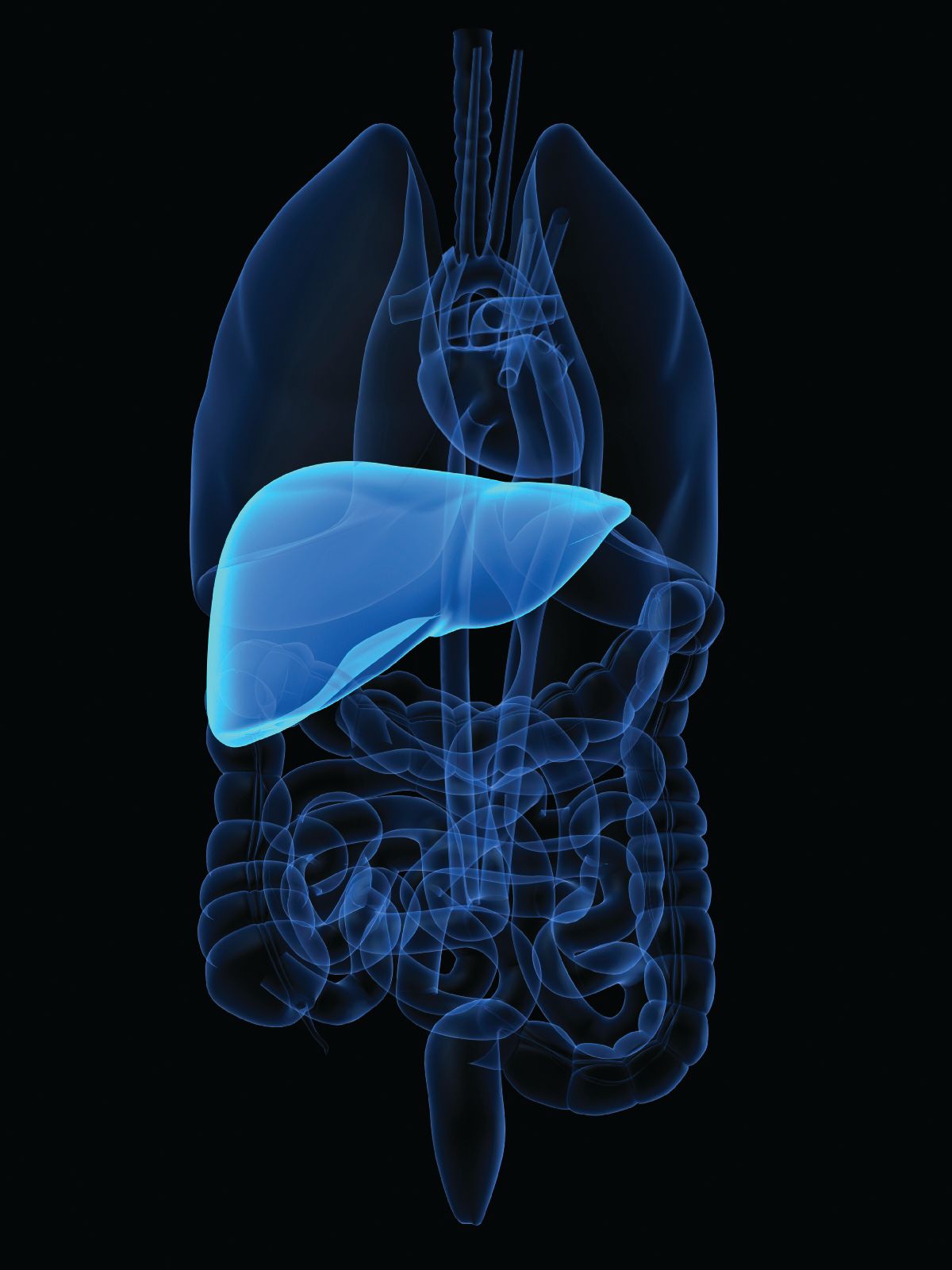Pembrolizumab Combo Does Not Significantly Improve OS in Unresectable HCC
The safety profile of lenvatinib/pembrolizumab plus TACE among patients with unresectable HCC was consistent with previously reported studies.
Efficacy findings from the first interim analysis of the phase 3 LEAP-012 trial revealed that after a median follow-up of 25.6 months, the investigational regimen reduced the risk of disease progression or death by 34% vs TACE alone.

The addition of lenvatinib (Lenvima) and pembrolizumab (Keytruda) to transarterial embolization (TACE) did not confer a significant overall survival (OS) benefit in patients with unresectable, nonmetastatic hepatocellular carcinoma (HCC) compared with TACE alone in the phase 3 LEAP-012 trial (NCT04246177), according to a news release from the developer, Merck.1
According to the release, the pembrolizumab-based regimen did not achieve statistical significance for OS, one of the study’s primary end points, in a prespecified interim analysis. Additionally, developers have deemed the likelihood of reaching the protocol-specified threshold for significance for OS at a future analysis to be low and, as such, are closing the study.
“Although the progression-free survival [PFS] results from this study are encouraging, unfortunately, the addition of pembrolizumab plus lenvatinib to TACE did not show the [OS] benefit we hoped,” Gregory Lubiniecki, MD, attending physician and thoracic medical oncologist at the Fox Chase Cancer Center in Philadelphia, Pennsylvania, and vice president of global clinical development at Merck Research Laboratories, said in the news release.1 “We are grateful to the patients and investigators for their important contributions to this study, and our commitment is unwavering as we pursue new therapeutic options for people living with [HCC], an aggressive and challenging-to-treat cancer.”
Data from the first interim analysis of the LEAP-012 trial presented at the European Society for Medical Oncology Congress 2024 and subsequently published in The Lancet revealed that the combination regimen demonstrated a significant improvement in PFS vs TACE alone.2,3 Efficacy findings revealed that after a median follow-up of 25.6 months (IQR, 19.5-32.4), the investigational regimen reduced the risk of disease progression or death by 34% (HR, 0.66; 95% CI, 0.51-0.84; P = .0002) vs TACE alone. The median PFS in the respective arms was 14.6 months (95% CI, 12.6-16.7) vs 10.0 months (95% CI, 8.1-12.2).
In both interim analyses, the safety profile of the pembrolizumab-based regimen was consistent with that observed in previous studies assessing the combination.
The multicenter, double-blind phase 3 trial randomly assigned 480 patients 1:1 to receive TACE with or without pembrolizumab and lenvatinib. Patients in the investigational arm received 400 mg of intravenous pembrolizumab every 6 weeks and lenvatinib at 12 mg for patients with a weight of 60 kg or greater or 8 mg for those with a weight of less than 60 kg orally once daily. Those in the placebo arm received intravenous placebo every 6 weeks and oral placebo once daily.
TACE was injected via hepatic artery 2 to 4 weeks after the start of study intervention and after the first tumor assessment scan at least 1 month after first receipt of TACE. Patients continued to receive all agents in the absence of any protocol-specified discontinuation criteria, although pembrolizumab was given for a maximum of 2 years or approximately 18 doses.
The primary end points of the trial were PFS by blinded independent central review (BICR) per RECIST v1.1 criteria and OS. Secondary end points included objective response rate, duration of response, disease control rate, and time to progression assessed by BICR per RECIST v1.1 criteria.
Safety data from the first interim analysis revealed that 98.7% of patients treated with the investigational regimen vs 84.6% in the TACE-only arm experienced treatment-related adverse effects (TRAEs), with 71.3% vs 31.1% experiencing them at grades 3 or 4 in severity. TRAEs leading to study discontinuation occurred in 8.4% vs 1.2%, respectively. Additionally, serious AEs were reported in 33.3% vs 12.4% of each respective arm.
"The [OS] findings from LEAP-012, along with the previously reported improvement in [PFS], provide important insights for treating unresectable, nonmetastatic [HCC]," said Corina Dutcus, MD, senior vice president and oncology global clinical development lead at Eisai, said in the news release.1 "For years, TACE has been a standard of care for these patients, yet many experience disease progression within 12 months. With LEAP-012, we sought to make a meaningful difference for this patient population. [Lenvatinib] continues to play an important role as a monotherapy treatment option for patients with unresectable HCC, and as a company with a deep heritage in liver cancer research, Eisai remains committed to advancing the science."
References
- Merck and Eisai provide update on phase 3 LEAP-012 trial in unresectable, non-metastatic hepatocellular carcinoma. News release. Merck. October 29, 2025. Accessed October 30, 2025. https://tinyurl.com/3k64z326
- Kudo M, Ren Z, Guo Y, et al. Transarterial chemoembolisation combined with lenvatinib plus pembrolizumab versus dual placebo for unresectable, non-metastatic hepatocellular carcinoma (LEAP-012): a multicentre, randomised, double-blind, phase 3 study. Lancet. 2025;405(10474):203-215. doi:10.1016/S0140-6736(24)02575-3
- KEYTRUDA (pembrolizumab) plus LENVIMA (lenvatinib) in combination with transarterial chemoembolization significantly improved progression-free survival compared to TACE alone in patients with unresectable, non-metastatic hepatocellular carcinoma. News release. Merck. September 14, 2024. Accessed October 30, 2025. https://tinyurl.com/yvx7ht6p